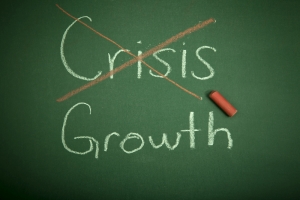Have you noticed how crazy-distracted we are living today? (You may have been too distracted to notice it!) We are losing the power to focus and follow through, and what a loss that is!
I’m reading Daniel Goleman’s new book, “Focus: the Hidden Driver of Excellence.” Goleman, as you probably know, is the emotional intelligence guru. He says that the inability to focus is significantly diminishing our ability to accomplish meaningful things in life; indeed, diminishing our ability to enjoy life.
Consider these facts…
1. “Digital engagement” comes at the sacrifice of face time interaction. Our kids are growing up in a world in which they are more attached to machines than to people. This actually robs them of the brain development that comes through contact and conversations with other humans. For example, they may experience deficits throughout life in the ability to read and respond to emotions in faces. (No, emoticons are not equivalent.)
2. The speed at which we switch around from sight to sight, sound to sound, and message to message digitally does not train anyone well for the concentration and follow-through needed to see a task through to the end, to learn, to “read deeply,” to create.
3. Thinking and “speaking” in short, choppy, 140-character messages does not prepare you or condition you for the deep conversations and mutual focus that are required for genuine relationships or effective problem-solving.
4. We get irritated if a video or a sales presentation is more than a couple of minutes, and we won’t even turn it on if it’s over five. What does this paucity of digested information (ironically, within an ocean of potential information) do to the quality of decisions we make?
5. Relationships of all kinds – romantic, work, and friendship – are in jeopardy because individuals cannot focus even for a few minutes without giving an “away” gesture – checking the phone, responding to a text, looking at Facebook. Away messages say, “I’m not interested in you. Other things or people are more important.”
What prices are we paying for the habits of distraction and only partial attention? Lack of ability to focus robs us of accomplishment, emotional nourishment, and quality relationships.
It’s not worth it. Turn off the TV. Shut down the computer. Turn off the phone.
If it’s important, it’s worth your full and undivided attention.
(If you want to consider further the power of focus from a Christian spiritual perspective, visit my other blog, Dr. Bev’s New Morning Devotionals, at http://www.drbevsmallwood.com/newmorning.)









